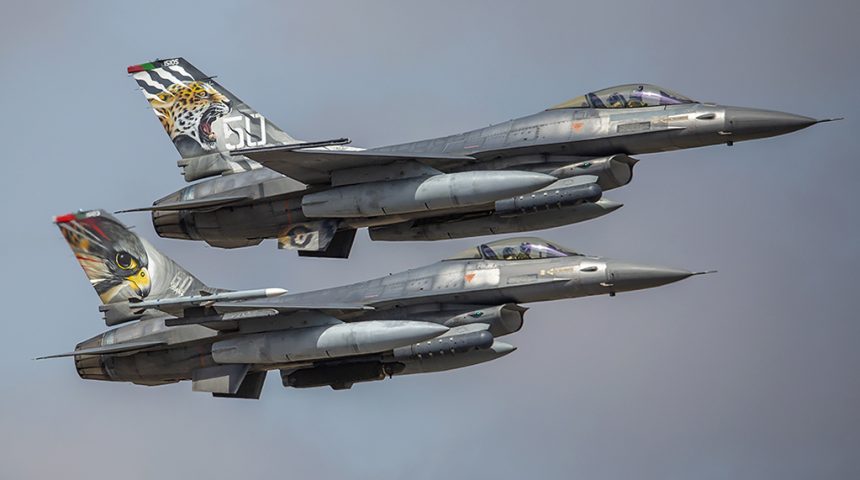Let’s focus on Real Thaw 2022, a large scale multi-domain exercise led by the Portuguese Air Force.
Real Thaw is an annual military exercise, organized, planned, and executed by the Portuguese Air Force to train and prepare its operational units to carry out missions in the framework of international cooperation at NATO and European Union level.
Coordinated from Air Base 11 in Beja, between June 26 and July 8, 2022, the activities were mostly carried out in central Portugal.
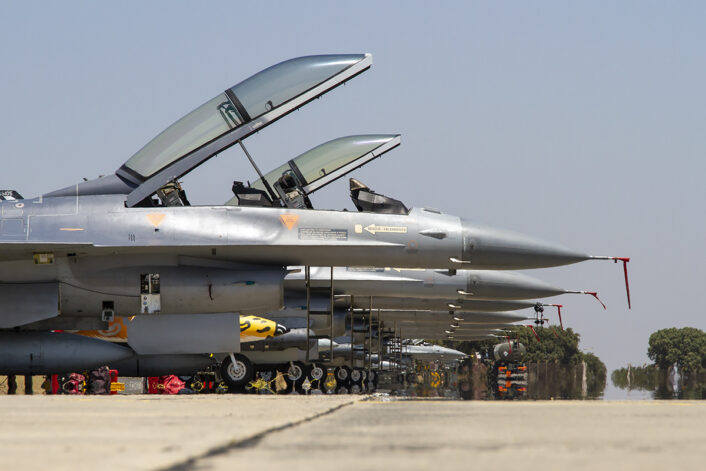
Objectives
The main goals of Real Thaw 2022 were to provide training to the tactical level forces with the participants focusing on the execution phase, considering the training objectives, constrains and restrictions inherent in military exercises, a special scenario was developed for the drills to meet the following requirements:
- Provide an operating environment as realistic as possible and typical of current operations in which Portuguese military may participate.
- Provide appropriate training to various participants taking into account the different types and assets (air, land and sea) and respective training requirements.
- Provide interoperability between countries and respective means.
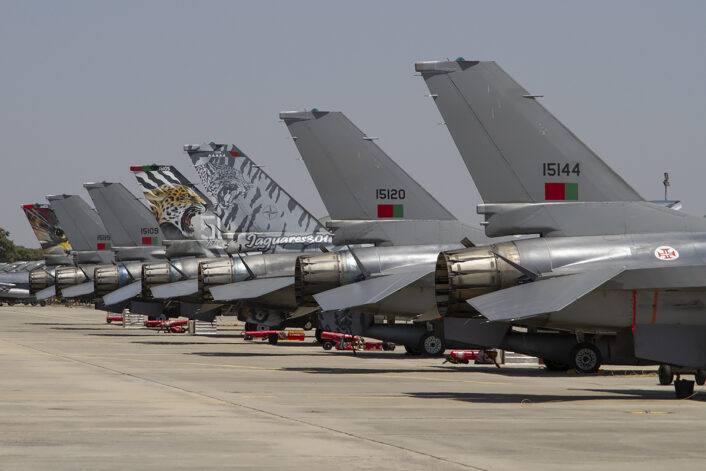
Participants
This year’s Real Thaw was the largest ever in terms of personnel and air assets, despite many air forces are contributing to the NATO operations in eastern Europe following the Russian invasion of Ukraine.
This eleventh edition of RT22, saw the participation of 54 air assets and 900 military personnel and involved all the Portuguese national armed forces, Air Force, Navy and Army and military forces from France, Netherlands, Spain, Belgium, Lithuania, the United States and NATO. This provides further objectives for all participating nations to prepare for international missions in operational scenarios.
Portugal as host nation, participated with a large share of air assets: 10x F-16AM (201st Squadron “Falcões” and 301st Squadron “Jaguares” ); 2x AW-119 Koala ( 552nd Squadron “Zangões”), 1x EH-101 Merlin ( 751st Squadron “Pumas”), 1 C-130H Hercules ( 501st Squadron “Bisontes”), 1 C-295-M Persuader (502nd Squadron “Elefantes”), and 2x P-3C Cup+ Orion (601st Squadron “Lobos”), as well as Navy and Army forces.
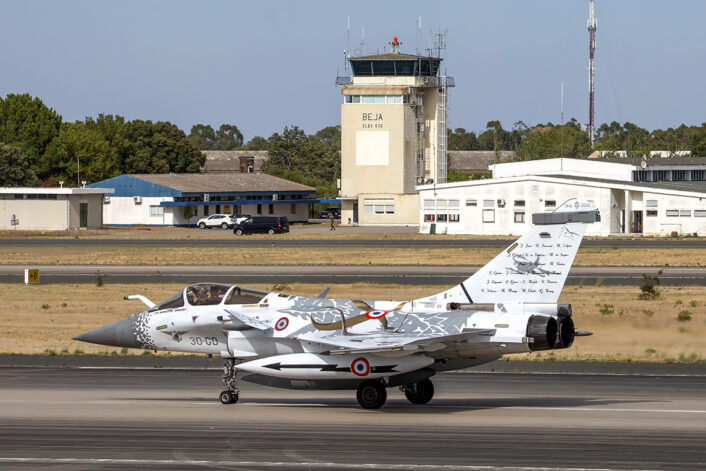
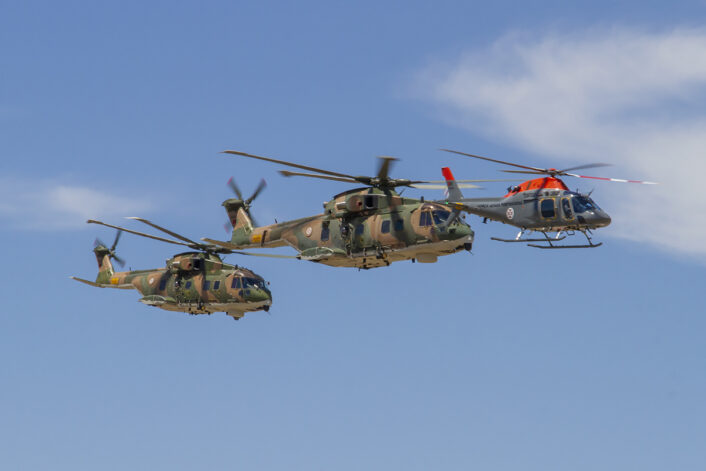
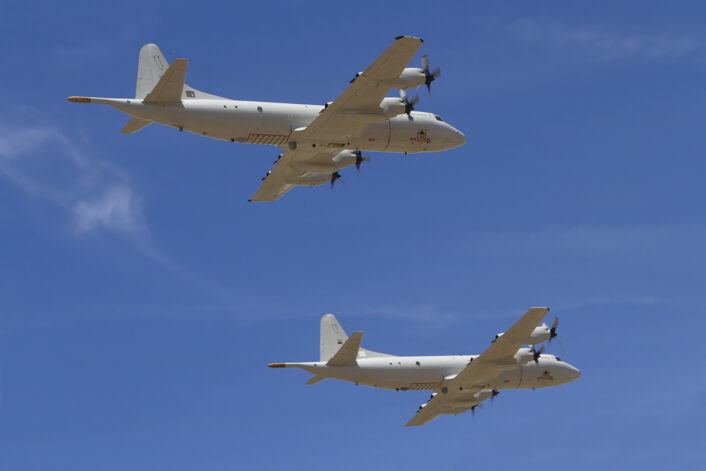
Belgium participated with 6x F-16AM ( 31st Squadron “Tigers”), France with 5x Rafales (Squadron 2/30 Normandie-Niemen), 1x E-3F AWACS and 1x A-330 MRTT, Spain with 5x EF-2000 Typhoon ( Ala 11, Moron AB ); United States took part with 18 F-16CM (480th Fighter Squadron, 52nd Fighter Wing Spangdahlem AB) and 1x KC-135 Stratotanker and from NATO were present 2x E-3F AWACS. And JTACs (Joint Terminal Attack Controller) from Portugal, Belgium, United States, Netherlands and from Lithuania also participated.
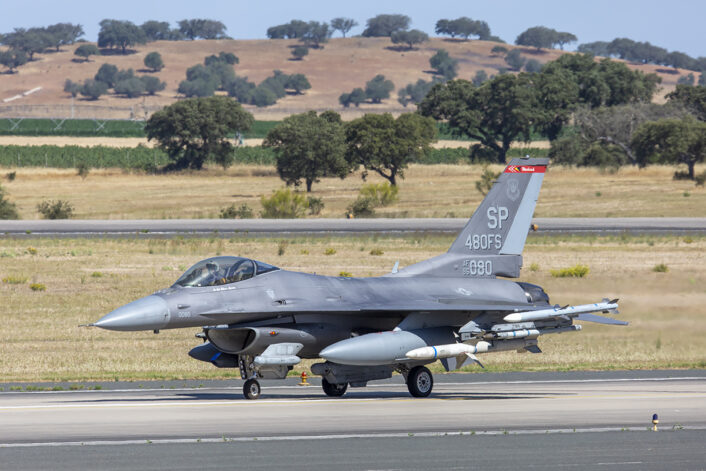
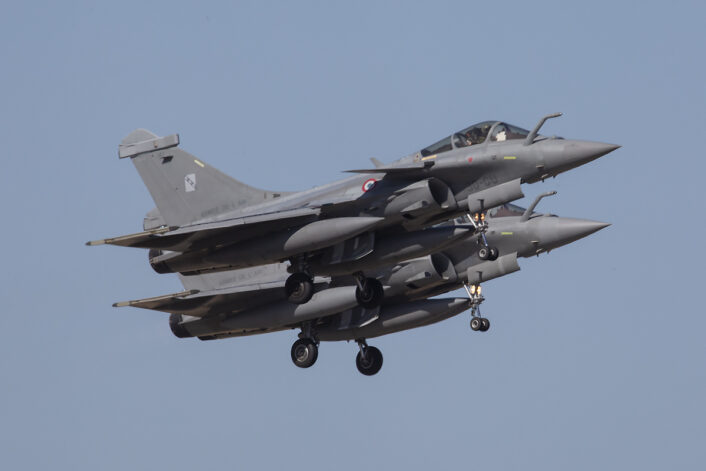
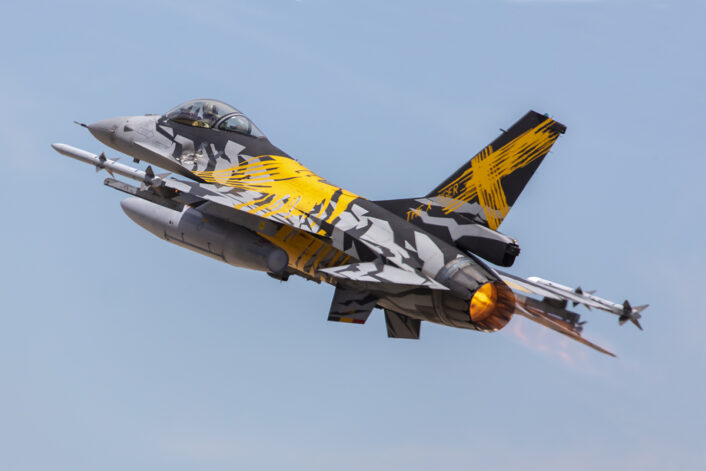
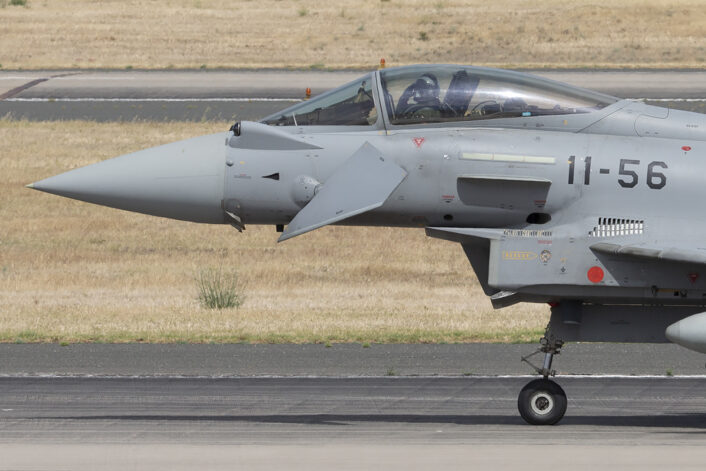
Participating in the ground was a Force Protection Unit and air traffic controllers, while other involved units included the Portuguese army military special OPS team, paratroopers and high-altitude operational jumpers and the Navy Special Actions Detachment, and a large number of militaries from maintenance areas, support, operations, information, audio-visual and public affairs relations all took part.
Main Missions
The missions were essentially air defense, convoy protection in humanitarian missions, close air support to ground forces and special operations, extraction operations of military and civilian elements, cargo and paratroopers drop operations, combat Search and Rescue, medical evacuations, civil – military cooperation, conventional guided and high accuracy ordinance attacks, and conventional attacks on maritime forces.
During this year’s iteration, aerial refueling missions were also carried out to increase the flight time of each aircraft.
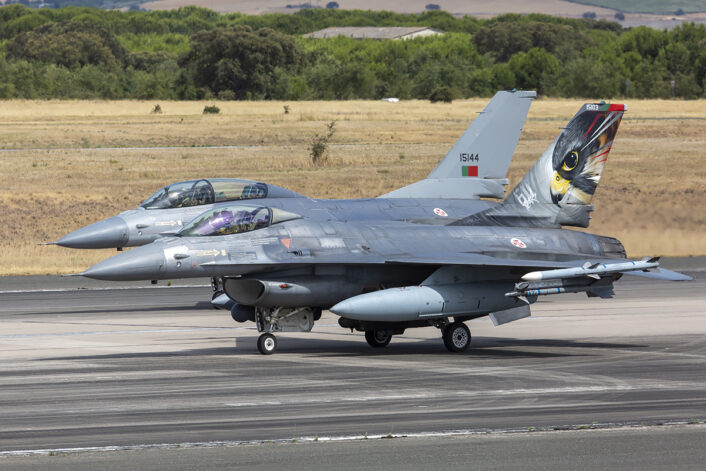
Numbers of Real Thaw
A total of 436 military missions were carried out on the Real Thaw, the air assets flew around 750 hours, around 15,000 liters of water were distributed, and 16,500 meals were served.
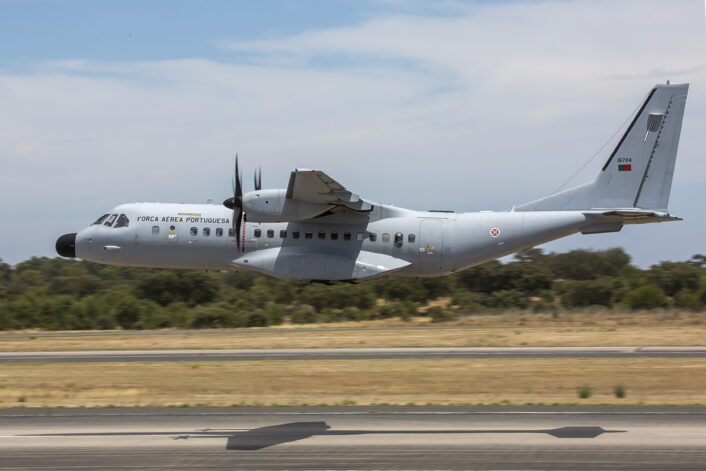
Conclusions
Since 2009, the Portuguese Air Command has conducted the Real Thaw exercise series annually. The favorable meteorological conditions make Real Thaw the ideal venue for NATO Allies to develop and hone flexible capabilities for current and future challenges.
Real Thaw is a fundamental exercise for the Portuguese military since it allows the air force to operate jointly within the Army, the Navy and other international forces to develop a better understanding of multi-national and Multi-service military operations. This level of preparations is vital for the successful of any assignment that the Portuguese forces might be called upon to perform and the Real Thaw provide the opportunity for crews to perform, practice and execute complex missions that currently are extremely important in the international area.
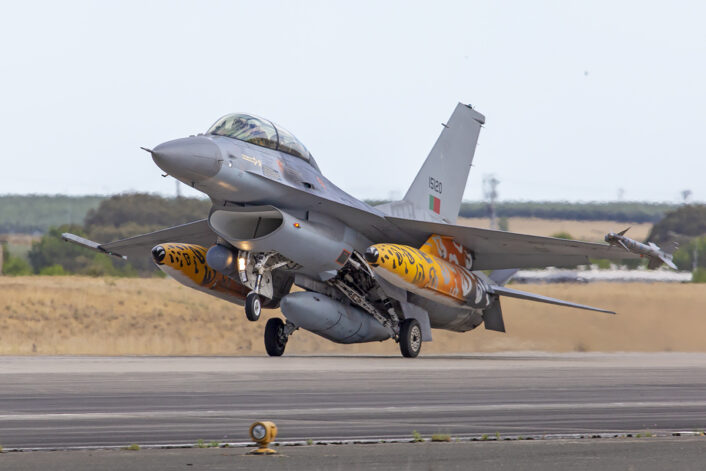
The Author wishes to thank the Public Relations of the Portuguese Air Force for the support provided in the preparation of this story.

